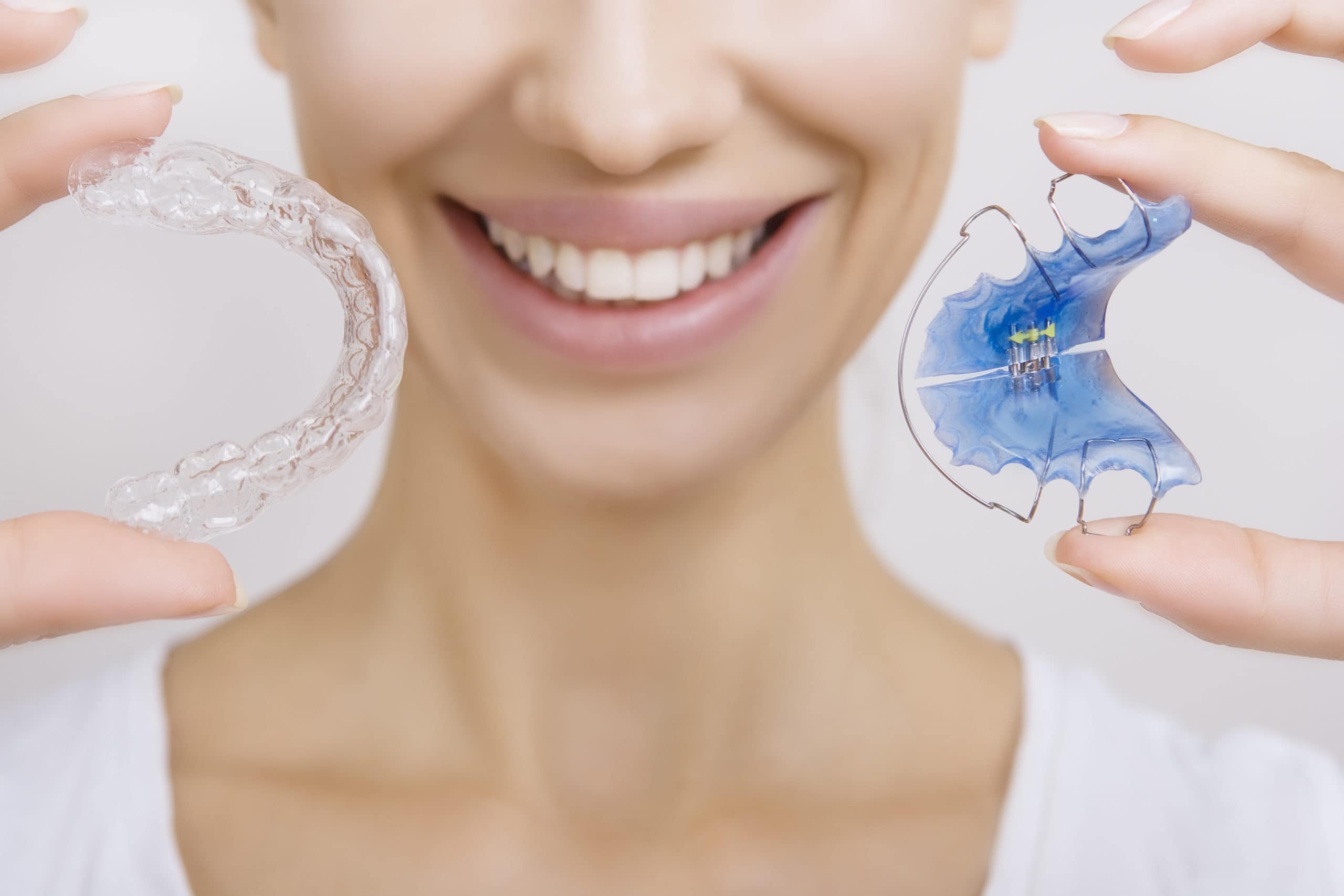After making it to the end of your orthodontic treatment, the last thing you want is to undo some of the work that went into making your perfect smile. Thankfully, the simple solution to preserving your straight teeth is wearing a retainer. In general, the types of retainers for orthodontic patients can be broken down into permanent and removable retainers.
What Are Permanent Retainers?
As you likely guessed, permanent retainers stay in your mouth after they are installed, similar to your braces. But instead of being visible on the front of your teeth, permanent retainers consist of a thin metal bar that goes behind the teeth and attaches to a tooth on each side of your mouth. This method anchors the teeth in place and prevents any regression from occurring.
What Are Removable Retainers?
When it comes to retainers that aren’t permanently installed, there are different options you may get. One type is called a Hawley retainer, which features a combination of metal wires and a plastic mold that fits into the roof of your mouth. These retainers are what most adults picture in their minds when they hear the word “retainer.”
While Hawley retainers are visible when they are in your mouth, they are easily removable and are typically prescribed to be worn at night. In some cases, they will need to be worn for most of the day, but this is usually just in the early stages after braces are removed.
Another type of removable retainer is the clear plastic retainer, which looks a lot like an Invisalign aligner. These have become more popular over the last couple years and are designed to keep teeth in place rather than move them like Invisalign. After the first few months, you’ll most likely just be wearing them at night while you sleep. Even if you do have to wear them during the day, you don’t have to worry about people seeing them because they are clear.
Should I Get a Permanent or Removable Retainer?
While there are some trade-offs to each option, removable retainers are the preferred choice. The only real downside to removable retainers is the patients have to keep track of them and keep them clean.
Permanent retainers are harder to lose, but they are vulnerable to breaking. Unfortunately it can be easy to miss any damage to permanent retainers since they are out of sight, meaning you could have already experienced regression before you notice the damage.
Permanent retainers require patients to avoid the crunchy or sticky foods or they risk damaging their retainer. Most patients would really prefer not to have any food restrictions after their braces come off since they have already had to deal with them during treatment.
With removable retainers, you will be free to eat your favorite foods again, and you can brush and floss your teeth without having to work around any appliances in your mouth. Just be sure to consistently clean your retainers and to store them safely while you have them out. If they do end up getting damaged, be sure to replace them as soon as possible to make sure your teeth stay straight.
To figure out the right orthodontic treatment options for you, be sure to contact Smith Orthodontics today to schedule your free consultation!
